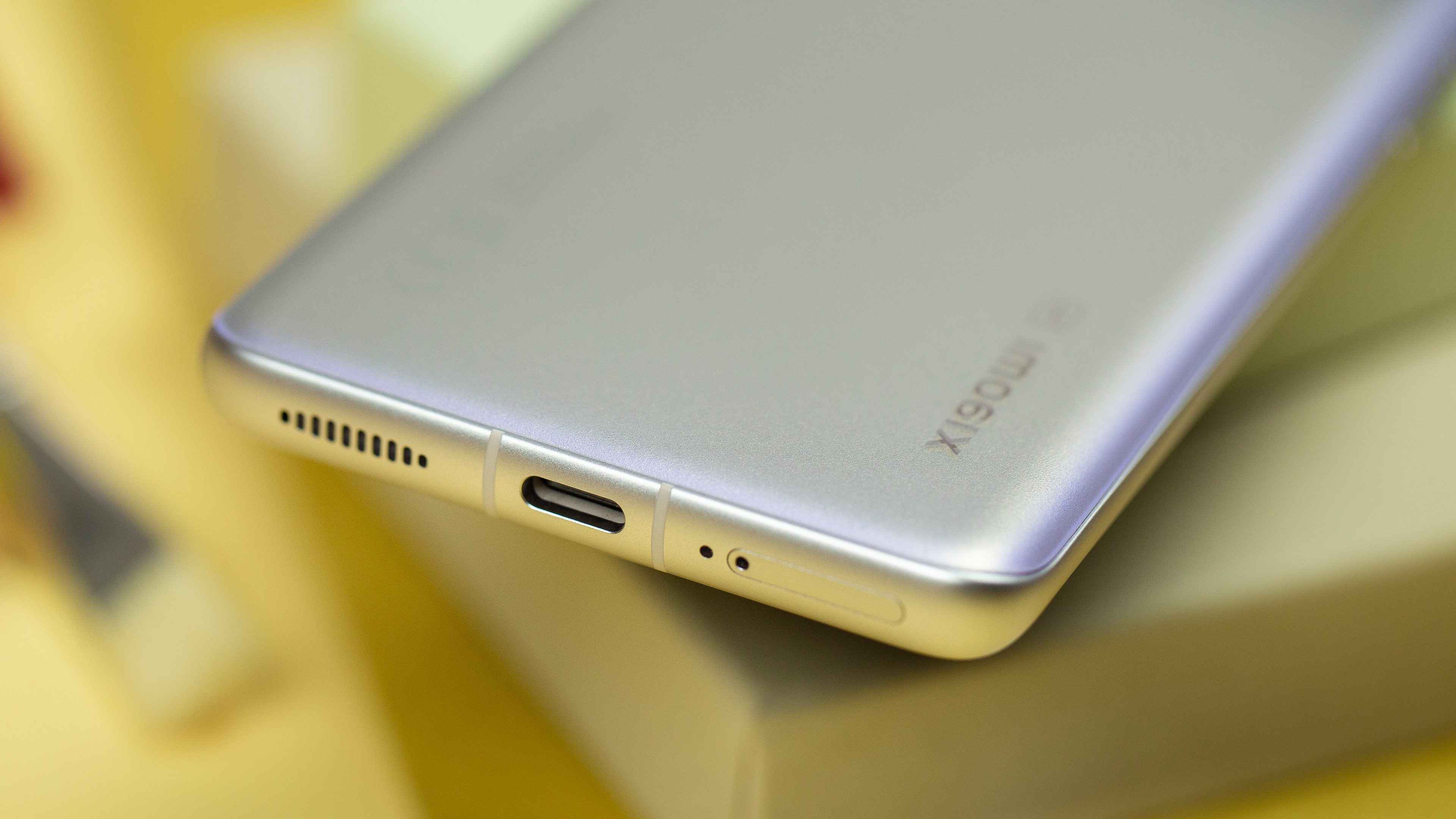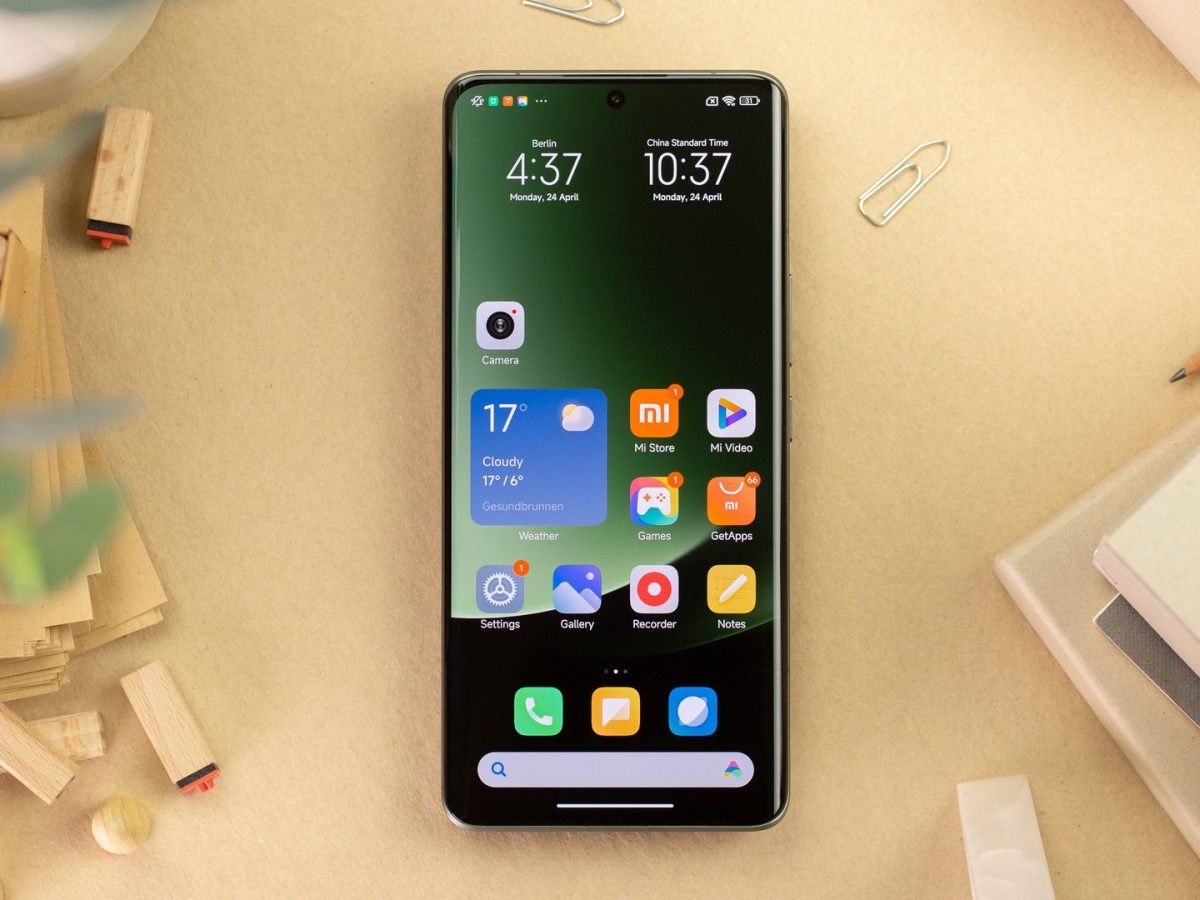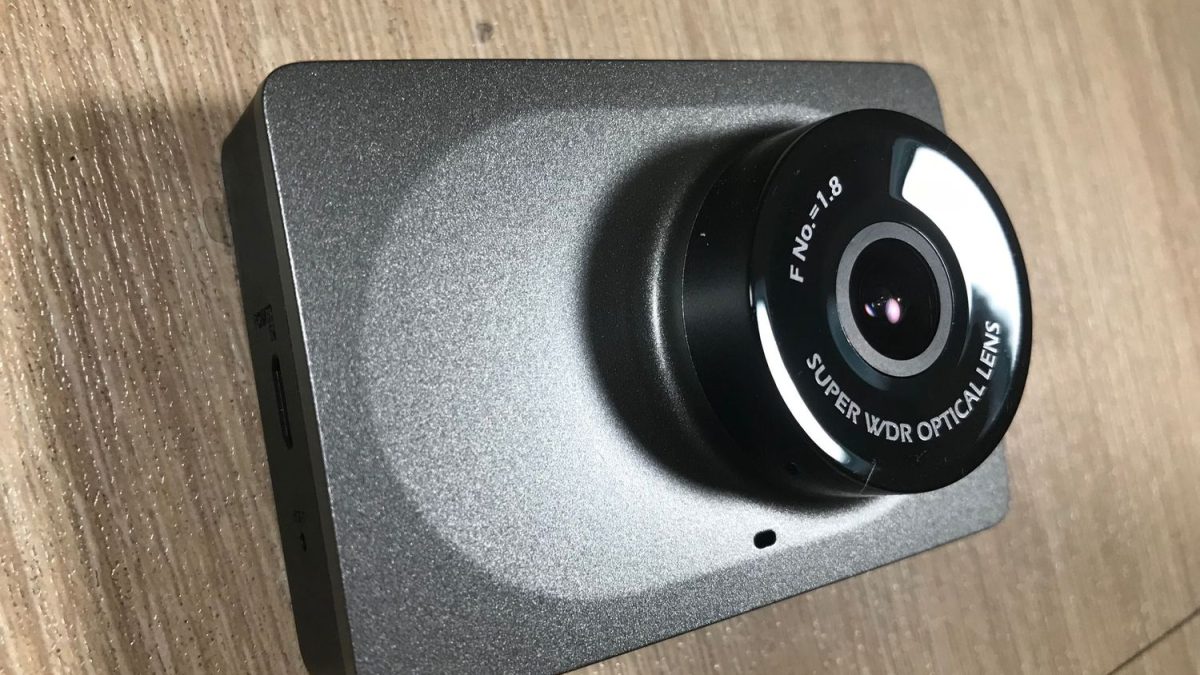Introduction
In the fast-paced digital age, mobile devices have become indispensable tools for communication, entertainment, and productivity. Among the myriad of features offered by smartphones, the ability to record audio has proven to be incredibly useful for capturing important moments, conducting interviews, or simply jotting down notes on the go. Xiaomi, a prominent player in the smartphone industry, equips its devices with robust audio recording capabilities, allowing users to effortlessly capture high-quality audio files.
As the reliance on smartphones for audio recording continues to grow, it becomes increasingly important for users to understand how to locate and manage these recordings effectively. Whether it's for organizing personal memos, accessing important interviews, or simply decluttering the device, knowing the ins and outs of handling Xiaomi phone recordings is essential.
In this comprehensive guide, we will delve into the intricacies of locating and managing audio files on Xiaomi devices. From uncovering the storage location of recorded audio to exploring various methods for organizing and safeguarding these files, this article aims to equip Xiaomi users with the knowledge and tools necessary to make the most of their audio recording capabilities.
Join us as we embark on a journey to demystify the world of Xiaomi phone recordings, empowering users to harness the full potential of their devices and seamlessly integrate audio recording into their daily lives. Let's dive into the fascinating realm of audio capture and management, unraveling the secrets that lie within Xiaomi smartphones.
Locating Xiaomi Phone Recordings
Locating audio recordings on Xiaomi devices is a straightforward process that allows users to access their captured audio files with ease. When a user records audio using the built-in recording app or any third-party recording application, the audio files are typically stored in a designated folder within the device's internal storage or external SD card, if applicable. Understanding the location of these recordings is essential for seamless access and management.
Built-in File Manager
Xiaomi smartphones come equipped with a built-in file manager that provides users with a convenient way to navigate through the device's storage. To locate audio recordings using the built-in file manager, users can follow these steps:
- Open the "Files" app or the designated file manager on the Xiaomi device.
- Navigate to the "Internal Storage" or "SD Card" section, depending on the storage location chosen for recording audio.
- Look for a folder named "Recorder" or "Recordings." This folder typically houses all the audio recordings captured using the device's native recording app.
Third-Party File Explorer Apps
Alternatively, users can leverage third-party file explorer apps available on the Google Play Store to locate their Xiaomi phone recordings. These apps offer advanced file management features and a user-friendly interface, making it easier to navigate through the device's storage and locate specific audio files.
Using the Recording App
In some cases, accessing recorded audio files directly through the recording app can be a convenient method. Users can open the recording app on their Xiaomi device and browse through the list of recorded audio files. From there, they can play, rename, or share the recordings as needed.
By familiarizing themselves with these methods, Xiaomi users can effortlessly locate their phone recordings, ensuring quick access to important audio files whenever the need arises. Understanding the storage location of audio recordings is the first step towards effective management and organization of these valuable files.
Whether it's a memorable voice memo, an important interview, or a creative musical snippet, knowing how to locate Xiaomi phone recordings empowers users to make the most of their device's audio recording capabilities. With the recordings easily accessible, users can seamlessly integrate audio capture into their daily routines, unlocking the full potential of their Xiaomi smartphones.
Managing Xiaomi Phone Recordings
Effectively managing Xiaomi phone recordings is essential for maintaining an organized digital environment and ensuring easy access to important audio files. Once the recordings have been located, users can employ various strategies to manage and safeguard their audio files efficiently.
Organizing by Categories or Labels
One approach to managing Xiaomi phone recordings involves categorizing or labeling the audio files based on their content or purpose. Users can create folders within the "Recorder" or "Recordings" directory to sort the recordings into distinct categories. For instance, separate folders can be designated for personal memos, interviews, lectures, or music recordings. This method allows for intuitive organization, making it effortless to locate specific recordings when needed.
Renaming and Tagging
Renaming audio files with descriptive titles can significantly enhance the manageability of recordings. By assigning meaningful names to the recordings, users can quickly identify the content of each file without having to listen to them individually. Additionally, some third-party recording apps offer tagging features, allowing users to add relevant keywords or labels to recordings for easy search and retrieval.
Backing Up Audio Files
To safeguard against accidental loss or device malfunction, it is advisable to regularly back up Xiaomi phone recordings. Users can utilize cloud storage services such as Google Drive, Dropbox, or Xiaomi's own Mi Cloud to create secure backups of their audio files. This ensures that the recordings are preserved even if the device is damaged or replaced.
Deleting Unnecessary Recordings
As the number of audio recordings accumulates, it is important to periodically review and delete unnecessary files to free up storage space. Users can identify and remove redundant or obsolete recordings, thereby optimizing the available storage capacity on their Xiaomi devices.
Utilizing Audio Editing Tools
In some cases, users may need to edit or enhance their recorded audio files. Xiaomi users can explore various audio editing apps available on the Google Play Store to trim, merge, or apply effects to their recordings. This allows for customization and refinement of the audio content, catering to specific needs or preferences.
By implementing these management practices, Xiaomi users can streamline the handling of their phone recordings, ensuring that the audio files remain organized, accessible, and secure. Whether it's preserving cherished memories, archiving important interviews, or decluttering the device from unnecessary recordings, effective management of Xiaomi phone recordings empowers users to make the most of their audio recording capabilities.
Conclusion
In conclusion, the world of Xiaomi phone recordings is a realm brimming with potential and possibilities. As users navigate through their daily lives, the ability to effortlessly capture and manage audio files on their Xiaomi devices opens up a myriad of opportunities for creativity, productivity, and organization.
By understanding the nuances of locating and managing Xiaomi phone recordings, users can harness the full potential of their devices' audio recording capabilities. From capturing spontaneous moments to preserving important interviews, the seamless integration of audio capture into daily routines empowers users to enrich their digital experiences.
The process of locating Xiaomi phone recordings, whether through the built-in file manager, third-party file explorer apps, or directly within the recording app, provides users with the convenience of quick access to their audio files. This accessibility ensures that cherished memories, vital interviews, and creative musings are always within reach, ready to be revisited or shared at a moment's notice.
Furthermore, effective management of Xiaomi phone recordings, including organizing by categories, renaming and tagging, backing up files, and utilizing audio editing tools, enables users to maintain a clutter-free digital environment while safeguarding their valuable audio content. This proactive approach ensures that users can easily navigate through their recordings, identify specific files, and preserve them for future reference or enjoyment.
As the reliance on smartphones for audio recording continues to grow, Xiaomi users are poised to make the most of this feature, seamlessly integrating audio capture into their daily lives. Whether it's for personal reflection, professional endeavors, or creative pursuits, the ability to effortlessly locate, manage, and safeguard phone recordings on Xiaomi devices empowers users to embrace the full spectrum of audio capture possibilities.
In essence, the journey to demystify the world of Xiaomi phone recordings has equipped users with the knowledge and tools necessary to make the most of their audio recording capabilities. As they continue to explore the endless potential of audio capture, Xiaomi users are poised to seamlessly integrate this feature into their digital lifestyles, enriching their experiences and unlocking new dimensions of creativity and productivity.

























